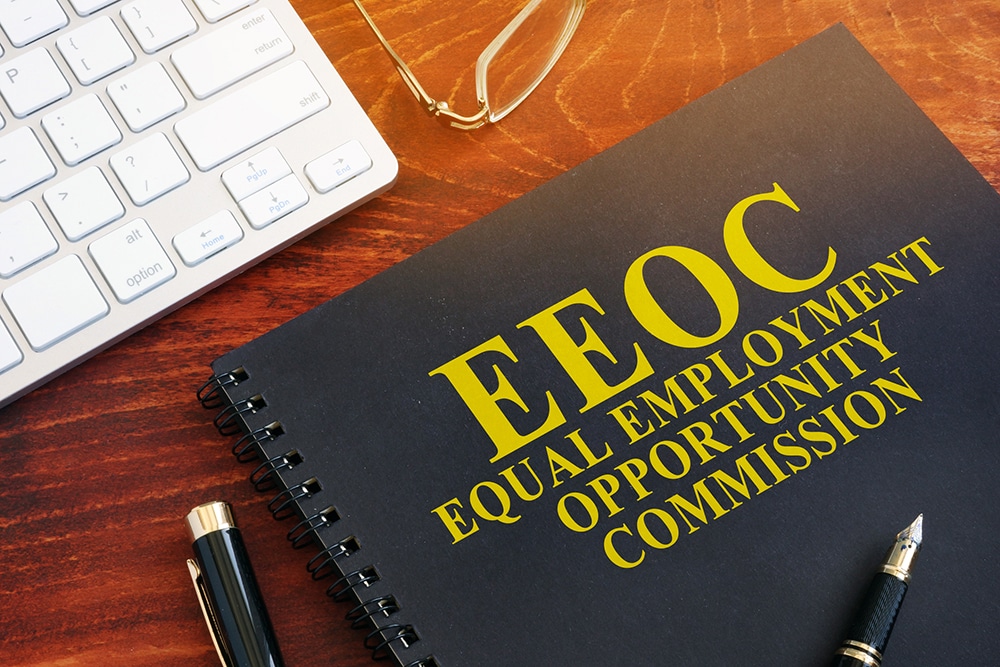The Equal Employment Opportunity Commission (EEOC) is proposing changes to its conciliation procedure, a process that employers have criticized for years.
When the EEOC claims unlawful employment practices, Title VII of the Civil Rights Act of 1964 requires the agency to try to resolve the problem through “informal methods of conference, conciliation, and persuasion” before bringing a lawsuit against an employer.
The agency’s track record on conciliation has been “hit or miss,” according to Kevin C. McCormick, an attorney with Whiteford, Taylor & Preston, L.L.P. in Baltimore, Maryland. Often, it has been hard to get a good understanding of how the EEOC determined whether to file a case. “As a consequence, the conciliations have not been all that successful,” he says.
In announcing a Notice of Proposed Rulemaking (NPRM), the EEOC said it wants “to enhance its effectiveness and to create accountability and transparency in the conciliation process.”
In a virtual public hearing August 18, the EEOC voted 2-1 to approve an NPRM and move it to the Office of Management and Budget. The vote against it was cast by the commission’s sole Democrat, Charlotte Burrows.
“The current process the EEOC uses to engage in conciliation has been the subject of much litigation and criticism over the last 10 years or so,” Nita Beecher, an attorney with Fortney & Scott, LLC in Washington, D.C., says.
The U.S. Supreme Court addressed the EEOC’s methods in the 2015 case Mach Mining, LLC v. EEOC. In that case, the Court ruled “the agency has broad discretion in how it engages with an employer during conciliation,” Beecher says. But the Court’s unanimous decision also said the agency’s conciliation process is subject to only limited review by the courts.She says the high court was concerned that any “deep dive” kind of review would “flout” Title VII’s confidentiality provisions.
NPRM and EEOC Pilot Program
Beecher says the NPRM is similar to a pilot program rolled out earlier. An announcement from the EEOC says the pilot, which began May 29, recommits the agency to resolving charges through conciliation and “seeks to drive greater internal accountability and improve the EEOCs implementation of existing practices.”
Beecher says Burrows is concerned the proposed rule would burden the agency with new steps to take in every conciliation and invite litigation over whether the EEOC complied with what the Democrat commissioner considers unnecessary rules.
“She is also concerned that the agency would have to reveal victim and witness identities as well as disclosing privileged information,” Beecher says. “Commissioner Burrows is concerned that the proposal places too much focus on conciliation and not enough on discrimination.”
McCormick says by moving forward with the NPRM, the EEOC wants to increase the likelihood that cases can be settled. He understands that under the proposed rule, the agency would:
- Provide a written summary of known facts and nonprivileged information that the commission relied on in deciding if there is cause for a suit;
- Provide a summary of the legal basis for a finding of cause, which would explain the strength of the EEOC’s case and could be helpful for employers to better understand what they are up against;
- Provide a basis for any monetary relief sought; and
- Let an employer know whether the agency has designated the case as systemic, class, or pattern or practice.
Effect of Proposed Rule
Beecher says it isn’t clear how the new proposal might affect employers since it hasn’t been released. “However, employers have complained for years that the agency does not really conciliate, and new more detailed rules should make it clearer exactly what conciliation should look like,” she says.
McCormick says what happens next is going to depend on the November elections. The EEOC’s pilot programs run through December 31. Depending on the election results, the agency may change its approach.
Tammy Binford writes and edits news alerts and newsletter articles on labor and employment law topics for BLR web and print publications.
The post EEOC Eyeing Changes to Its Conciliation Process appeared first on HR Daily Advisor.
